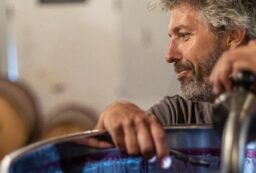
By India Gustin
All you see is red — white was banned in 2006. That’s not to say the flavor palette is monotone. Visitors can’t help but applaud the variety in fragrances and notes which each individual producer brings to the table. “It is the identity of the territory, making it a high-profile cultural, scenic, and food/wine entity,” says Paolo Sottani, mayor of the small town in Tuscany, Greve in Chianti. The ribbon is cut and the parade is underway, marking the start of the infamous four-day-long Expo del Chianti Classico. Its reign in viticulture results in people from all over the world to gather to drink, discuss and dance.

Every year, Tuscany holds the Greve in Chianti Wine Festival, known as the Expo del Chianti Classico. It brings together the producers of all the municipalities involved in the Chianti Classico. The purpose? To showcase their wine culture and traditions which have been ongoing since the 19th century. It offers the opportunity for guests to not only appreciate their winemaking reputation, but to also immerse themselves in Chianti’s unique production process. The wine is recognizable by its infamous emblem: a Black Rooster stamp. For four consecutive days starting from first Thursday of September, the Tuscan event offers visitors a rich program of cultural activities, workshops and the opportunity to get up close and personal with the winemakers of the region.
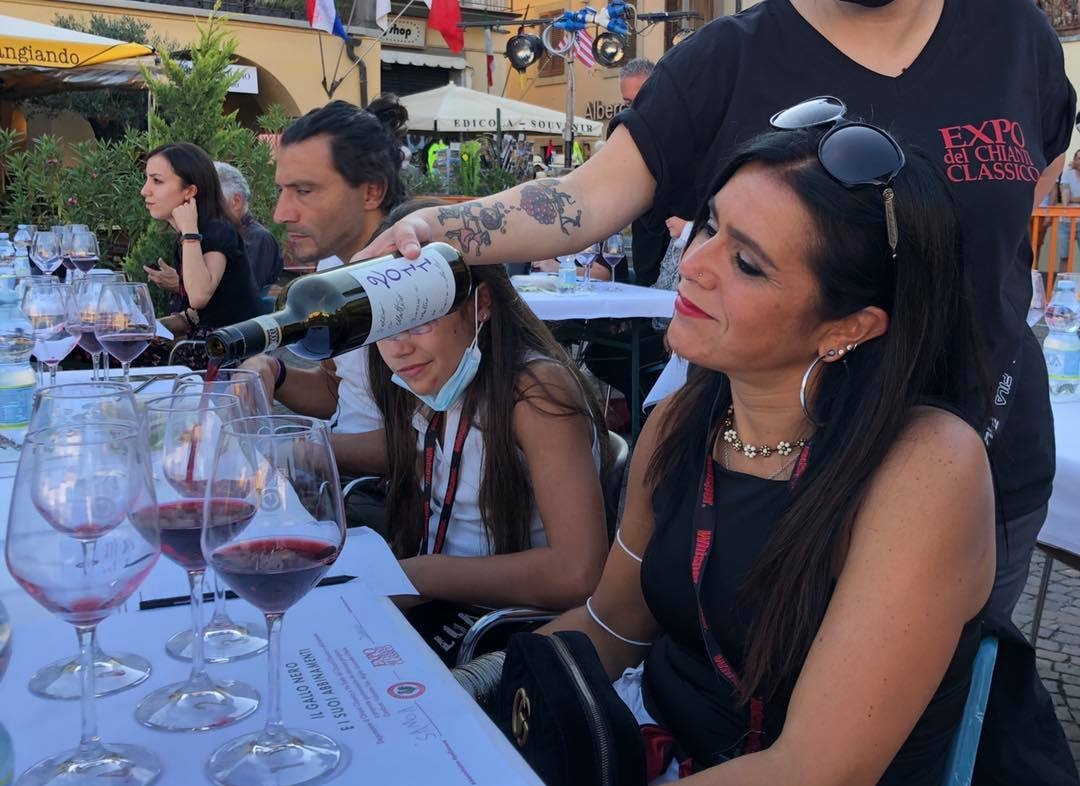
Its defined reputation comes from the extensive history of not only the region, but the wine production. Unlike other wine festivals, the Expo Chianti Classico has established itself as a historical event, not just a traditional wine tasting affair. In 1384 — yes, the end of the fourteenth century — the Black Rooster symbol was first developed. At the time, it represented something more political: it was the emblem of the Lega del Chianti, a political-military institution of the region. Now, it is now synonymous with the region’s prestigious and highly sought-after wine.
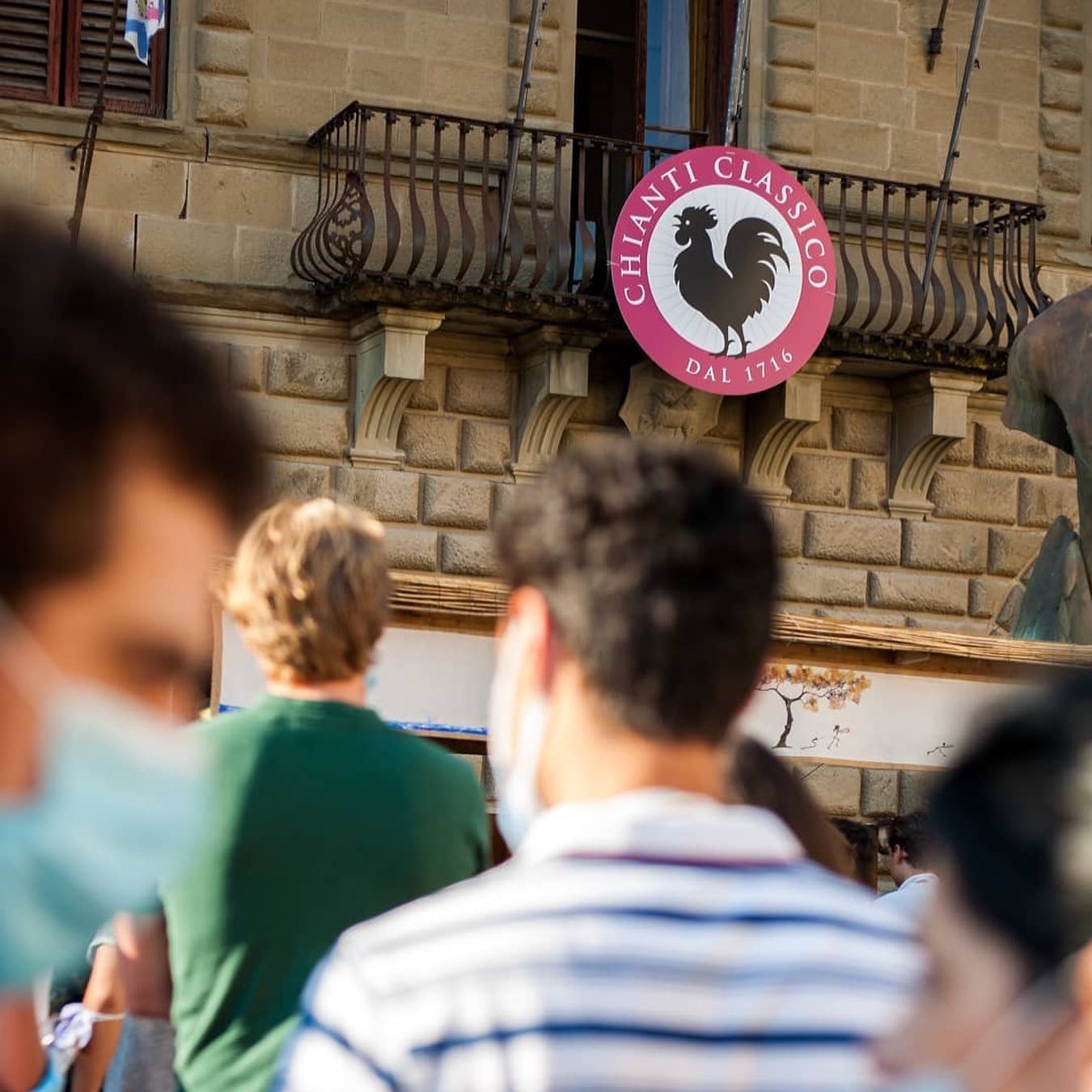
"The blend of guided tours of the territory, cultural experiences and food ensure that visitors can immerse themselves in the historical significance of the event"
In 1716, the first link between the territory and the wine was formalized in an official document. Then, in 1872, the first Chianti wine recipe was created and put into production. To protect its integrity, the Consortium of Wine was established in 1924. It was a pioneering organization to defend the wine and its historical place of origin. As a symbol to represent what is now called the Consorzio Vino Chianti Classico, the Black Rooster was clearly the only one suitable for the job. For over 50 years, the Consortium has partnered with the town of Greve and the Tuscan region to bring together thousands of wine tourists to experience the expo.
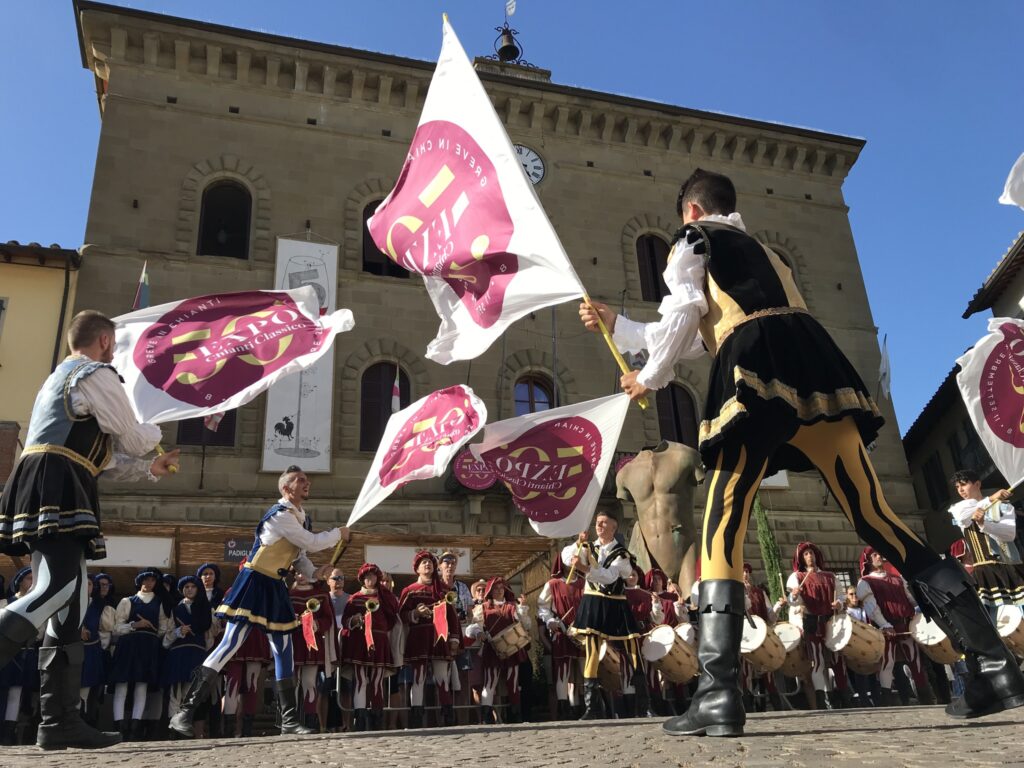
The affair is more than just a traditional wine festival. The blend of guided tours of the territory, cultural experiences and food ensure that visitors can immerse themselves in the historical significance of the event. Locals as well as outside wine enthusiasts all take part. Artisans from a variety of sectors — basket making, painters and pottery artists — also gather to enrich the expo’s program. The music selection does not just act as a background atmosphere. Classical concerts, jazz, and disco parties are ongoing during the festival.

The concept for the wine tasting is simple: buy a wine glass — also referred to as a goblet — from the official stall in the main square which also comes with a ticket. Then, hop from wine stall to wine stall, tasting and appreciating what makes the Chianti Classico wine so infamous.
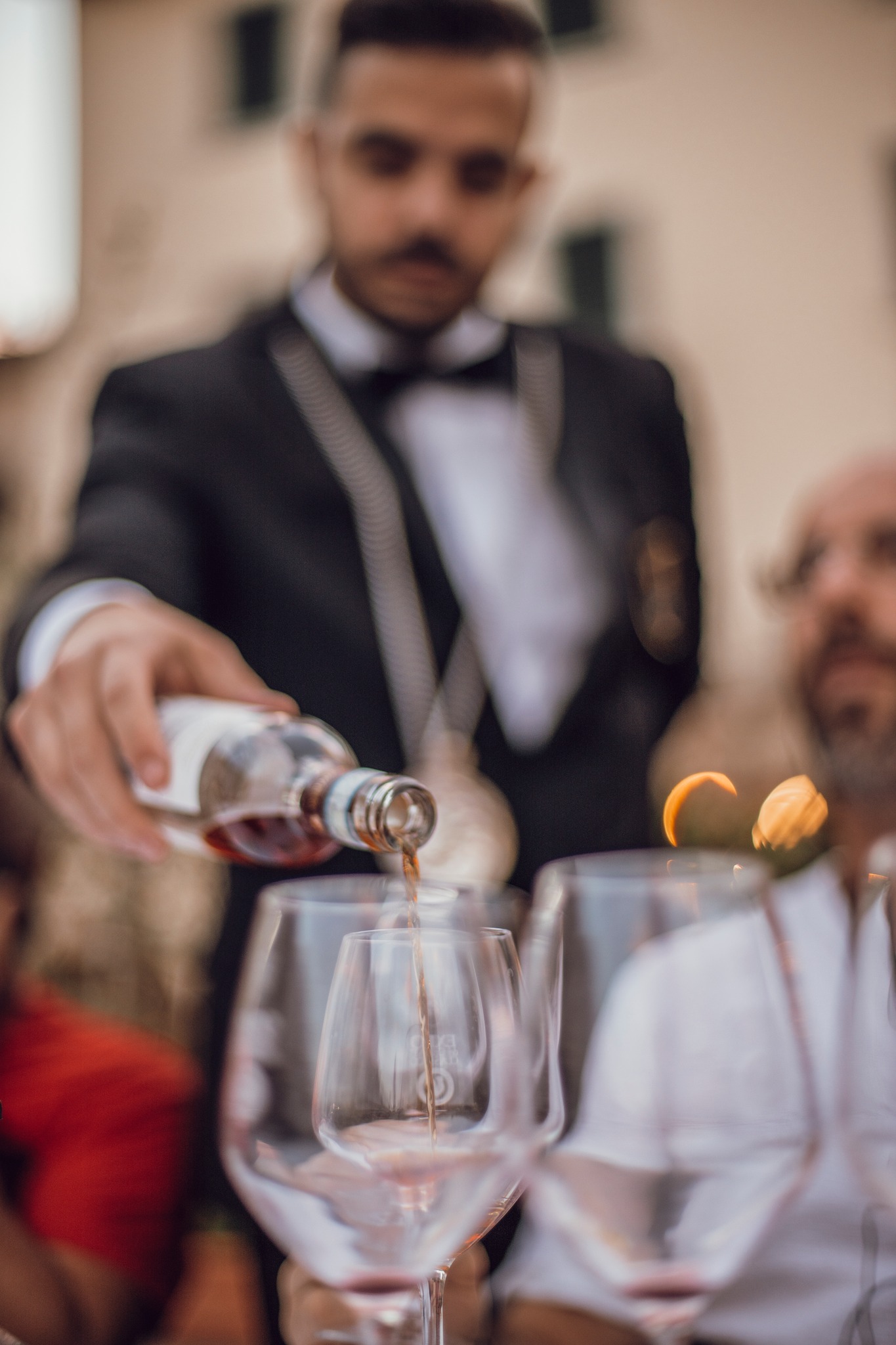
Piazza Matteotti is at the heart of Greve in Chianti. It is one area which can’t be avoided during the expo. After all, it is where guests buy their ever so important goblet to taste their wine from. Shops and taverns are scattered around the square, providing visitors with the possibility to stock up on local products and souvenirs. The church of Santa Croce, Wine Museum and the Museum of Sacred Art are there to give that extra cultural boost for anyone interested in deep-diving into Chianti’s history.
"The complex history of Chianti Classico — and its long-standing influence on the region — has established the wine as one of the most accomplished and prestigious ones out there"
As mentioned before, the event hosts tours to give visitors the opportunity to really immerse themselves in the territory; from the rolling hills nearby where the grapes are harvested, to the quaint villages around the area. Whilst the expo is the go-to place to experience an authentic glass of wine, it doesn’t hurt to uncork a bottle in the gardens of Montefioralle’s medieval castle, located not far from the town centre.
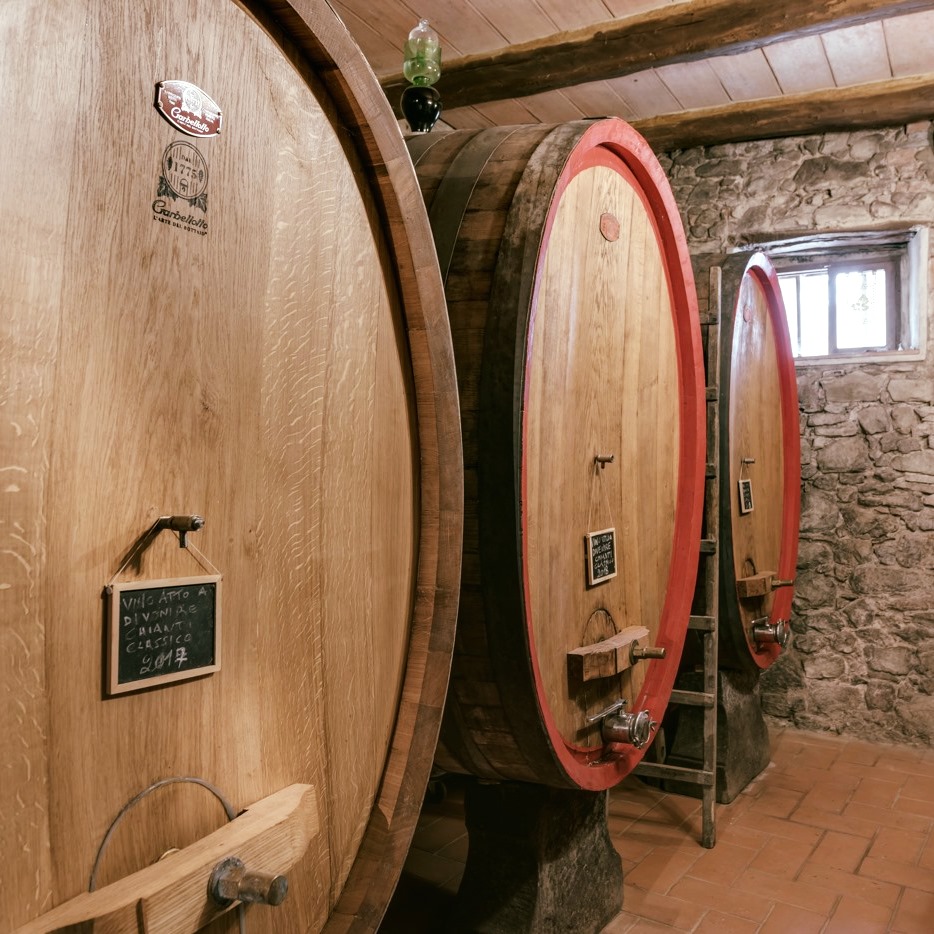
The wine has since received elite recognition, getting awarded DOCG (Controlled and Guaranteed Designation of Origin) in 1984. In the international wine landscape, this classifies the wine as a product of excellence. There is one more detail which distinguishes the wines within the expo itself. Chianti wine covers any wine made in Tuscany, not necessarily from the Chianti area. On the other hand, Chianti Classico is what you are after if you want to reserve your pallet for the original DOCG of the territory. The reason for this being that all of this wine needs to be made from at least 80% from the Sangiovese grape, which is typical of the region. This is an important distinction to take note of when walking around the never-ending stalls at the expo.

The complex history of Chianti Classico — and its long-standing influence on the region — has established the wine as one of the most accomplished and prestigious ones out there. Blending its excellence in production with Greve in Chianti’s landscape is a recipe for not only a cultural but versatile and all-round affair. At the Expo del Chianti Classico, visitors can experience a wine tasting like no other. The rolling hills of the Tuscan country side, historical establishments and in-person conversations with some of the industry’s most renowned viticulture members can’t be overlooked for a wine enthusiast.








